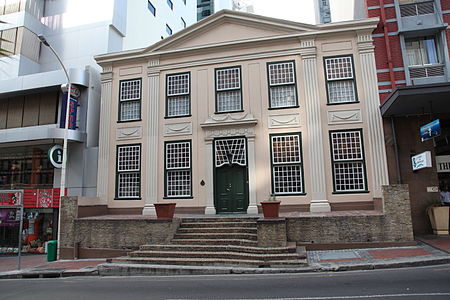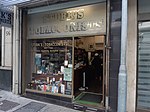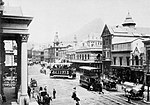Koopmans-de Wet House
1914 establishments in South AfricaBuildings and structures in Cape TownEngvarB from May 2013Historic sites in South AfricaHistory of Cape Town ... and 3 more
Museums established in 1914South African heritage sitesTourist attractions in Cape Town

Koopmans-de Wet House is a former residence and current museum in Strand Street, Cape Town, South Africa. The house became part of the South African Museum in 1913 and was opened to the public on 10 March 1914. It was declared a National Monument under National Monuments Council legislation on 1 November 1940. It is the oldest house museum in South Africa.
Excerpt from the Wikipedia article Koopmans-de Wet House (License: CC BY-SA 3.0, Authors, Images).Koopmans-de Wet House
Long Street, Cape Town Cape Town Ward 115
Geographical coordinates (GPS) Address Website External links Nearby Places Show on map
Geographical coordinates (GPS)
| Latitude | Longitude |
|---|---|
| N -33.920941 ° | E 18.421291 ° |
Address
Koopmans-de Wet House
Long Street 35
8001 Cape Town, Cape Town Ward 115
Western Cape, South Africa
Open on Google Maps







